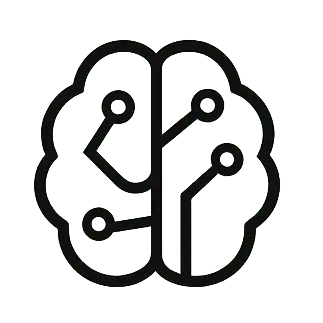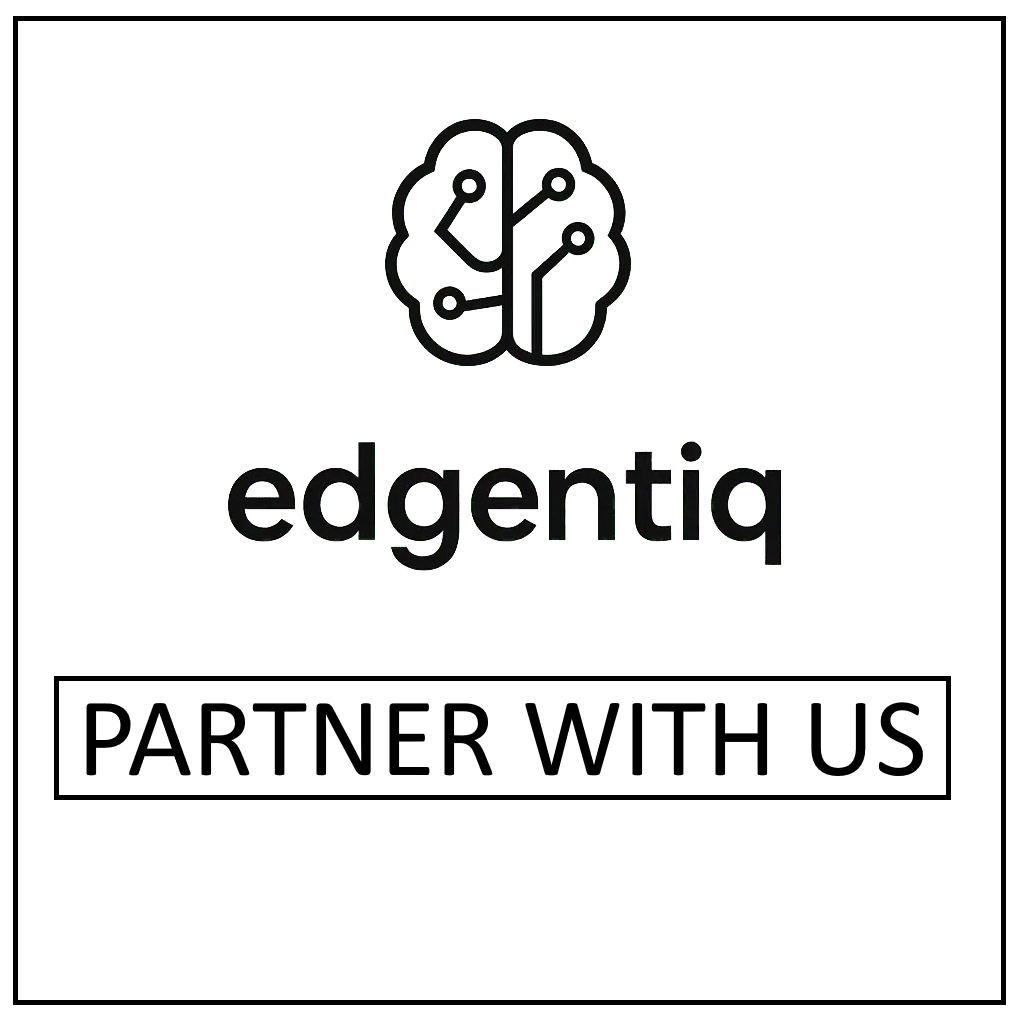TLDR: A new deep learning model called PC-UNet has been developed to improve the quality of Positron Emission Tomography (PET) scans, especially at low radiation doses. PET images are often noisy due to Poisson statistics, and existing denoising methods struggle with this, leading to blurry images or artifacts. PC-UNet introduces a novel “Poisson Variance and Mean Consistency Loss” (PVMC-Loss) that integrates the physical principles of PET imaging directly into its training. This helps the network produce images that are not only visually clearer but also more physically accurate, reducing noise without losing important details. Experiments show PC-UNet significantly improves image quality metrics like PSNR and SSIM compared to other methods.
Positron Emission Tomography (PET) is a vital medical imaging technique used for early cancer detection, disease staging, and monitoring treatment responses. However, its clinical use is often limited by the need for high radiation doses to achieve good image quality. Lowering these doses, while beneficial for patient safety, significantly increases noise in the images, specifically a type of noise known as Poisson noise.
Traditional denoising methods, including many deep learning approaches, often struggle to effectively handle this Poisson noise. They can lead to images with distortions and artifacts, where important details are smoothed out in bright areas or noise persists in darker regions, making accurate diagnosis challenging.
A new research paper introduces a novel solution called PC-UNet, which stands for Poisson Consistent U-Net. This model aims to overcome the limitations of existing denoising techniques by incorporating the fundamental physical principles of PET imaging directly into its learning process. The core innovation of PC-UNet is a new loss function called Poisson Variance and Mean Consistency Loss (PVMC-Loss).
Understanding PVMC-Loss
The PVMC-Loss is designed to ensure that the denoised images adhere to the statistical properties of Poisson noise. In PET imaging, the noise variance is proportional to the signal mean. This means areas with strong signals have more intense noise, while weak signal areas have less. Conventional loss functions, like L1 or L2, treat all pixels equally, which doesn’t account for this varying noise characteristic.
PVMC-Loss explicitly enforces the ratio of local noise variance to the mean of the denoised signal. This aligns the model’s output with Poisson statistics, significantly enhancing the physical consistency and robustness of the denoised images. The researchers have also theoretically shown that PVMC-Loss is statistically unbiased in variance and adapts its gradients, meaning it can prioritize denoising in challenging low-signal areas without systematically distorting values. It can also be interpreted as a Generalized Method of Moments (GMM) implementation, linking it to robust statistical principles.
How PC-UNet Works
PC-UNet builds upon the well-known U-Net architecture, which is widely used in medical image segmentation and denoising. The U-Net has an encoder-decoder structure with ‘skip connections’ that help preserve fine details. PC-UNet integrates the PVMC-Loss alongside a standard L1 loss. The L1 loss ensures overall image similarity to a clean reference image, while the PVMC-Loss enforces the physical consistency. A hyperparameter, lambda, balances these two objectives.
Experimental Results
The PC-UNet was tested on the UDPET Challenge 2024 dataset, using low-dose PET images as input and full-dose images as targets. The model was compared against several state-of-the-art denoising methods, including other U-Net variants, GANs, and diffusion models.
The results demonstrated that PC-UNet achieved optimal performance in terms of PSNR (Peak Signal-to-Noise Ratio) and SSIM (Structural Similarity Index Measure), which are common metrics for evaluating image quality. Visually, PC-UNet produced denoised images that closely approached the quality of full-dose PET scans, significantly reducing noise and preserving crucial anatomical structures and metabolic details.
The study also analyzed the ‘k’ parameter, which represents the Poisson slope and is related to the scanner’s geometry and reconstruction factors. By treating ‘k’ as a learnable parameter, the researchers found that it converged to a consistent value across different training runs, confirming its physical validity. Ablation studies on the lambda hyperparameter showed that an appropriate balance between data fidelity and physical consistency is crucial for optimal performance. The model also proved robust to different patch sizes used for calculating the PVMC-Loss, indicating its practical applicability.
Also Read:
- Enhancing MRI Brain Tumor Inpainting with Smart Post-Processing
- Adaptive Learning Boosts High-Resolution Multi-Organ MRI for Tumor Diagnosis
Conclusion
The PC-UNet model represents a significant advancement in PET image denoising. By integrating physical constraints through the PVMC-Loss, it produces higher-quality images from low-dose scans, potentially reducing patient radiation exposure without compromising diagnostic accuracy. While the current derivation of PVMC-Loss assumes a locally uniform radioactivity distribution, future work could explore adaptive methods for areas with sharp boundaries, such as tumor edges.
For more detailed information, you can read the full research paper here.


